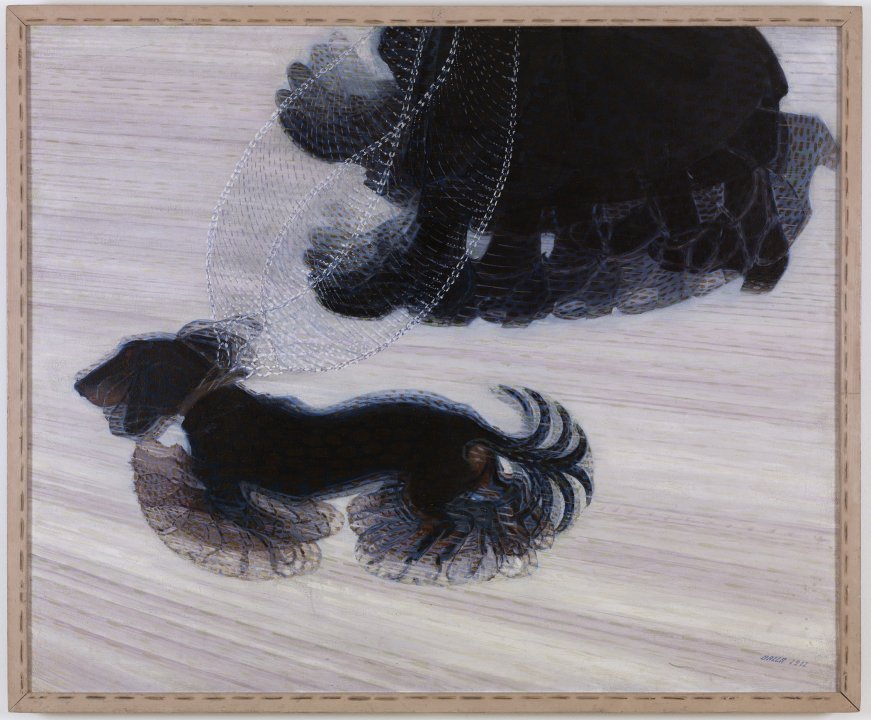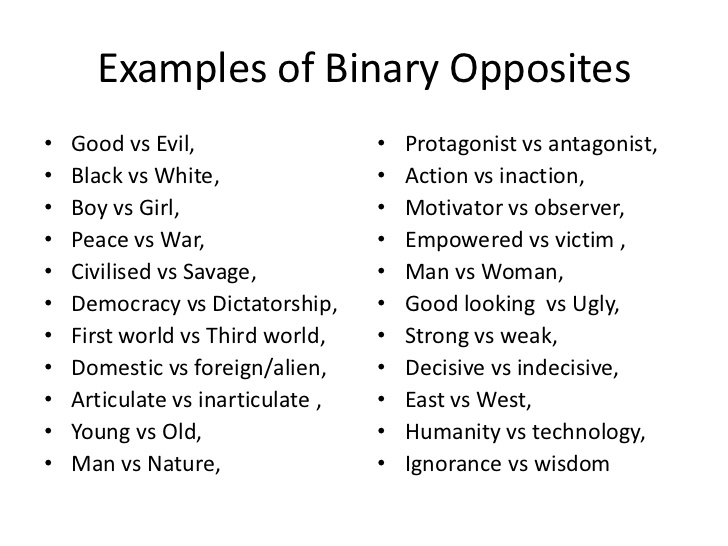Final Deadline for improving Coursework: MON 06 MARCH – Whole School!
Examination dates: 15 hrs controlled test over 3 days
Groups 13C & 13D 24, 27, 28 April.
The Theme: ‘SIMPLE or COMPLEX’
Assessment Objectives
You should provide evidence that fulfils the four Assessment Objectives:
AO1 Develop ideas through sustained and focused investigations informed by contextual and other sources, demonstrating analytical and critical understanding
AO2 Explore and select appropriate resources, media, materials, techniques and processes, reviewing and refining ideas as work develops
AO3 Record ideas, observations and insights relevant to intentions, reflecting critically on work and progress
AO4 Present a personal and meaningful response that realises intentions and, where appropriate, makes connections between visual and other elements.






Definition in dictionary:
SIMPLE
- easily understood or done; presenting no difficulty:“a simple solution” · “camcorders are now so simple to operate”
SIMILAR: straightforward easy uncomplicated uninvolved effortless - plain, basic, or uncomplicated in form, nature, or design; without much decoration or ornamentation:“a simple white blouse” · “the house is furnished in a simple country style”
SIMILAR: plain unadorned undecorated unembellished unornamented - composed of a single element; not compound.
SIMILAR: non-compound non-complex uncompounded uncombined
COMPLEX
ADJECTIVE
- consisting of many different and connected parts:“a complex network of water channels“
SIMILAR: compound composite compounded multiplex - MATHEMATICS denoting or involving numbers or quantities containing both a real and an imaginary part.
- CHEMISTRY denoting an ion or molecule in which one or more groups are linked to a metal atom by coordinate bonds:”in naming complex ions, the names of the ligands are cited first”
NOUN
- a group or system of different things that are linked in a close or complicated way; a network:“a complex of mountain roads”
SIMILAR: network system interconnected system/structure/scheme - PSYCHOANALYSIS a related group of repressed or partly repressed emotionally significant ideas which cause psychic conflict leading to abnormal mental states or behaviour.
- CHEMISTRY an ion or molecule in which one or more groups are linked to a metal atom by coordinate bonds:“two guanine bases can attach themselves to the same platinum atom, forming a stable complex”
VERB
CHEMISTRY
- make (an atom or compound) form a complex with another:“the DNA was complexed with the nuclear extract”
Binary opposition
The exam themes of ‘SIMPLE and/or COMPLEX’ are a binary opposite – a pair of related terms or concepts that are opposite in meaning.
Binary opposition originated in Saussurean structuralist theory in Linquistics (scientific study of language) According to Ferdinand de Saussure, binary opposition is the system by which, in language and thought, two theoretical opposites are strictly defined and set off against one another. Using binary opposites can often be very helpful in generating ideas for a photographic project as it provides a framework – a set of boundaries to work within.

How to start
- Read the Exam Paper and Exam Planner thoroughly, especially pages pages 3-5 and page 24-27 which details specific starting points and approaches to the exam theme – make notes! Look up the word in the dictionary, synonyms and etymology (the study of the origin of words and the way in which their meanings have changed throughout history.)
- Brainstorm your idea and research artists listed – look also at starting points in other disciplines e.g. Fine Art and Graphic Communication etc.
- Begin to gather information, collect images, make a mood-board and mind-map,
- Make plans for photoshoots and write a specification.
- Produce at least ONE PHOTO-SHOOT over H-Term as a response to tasks listed below and initial research and ideas.
- You must show evidence of the above on your blog– complete at least 4-5 blog posts.
Each week you are required to make a photographic response (still-images and/or moving image) that relates to the research and work that you explored in that week. Sustained investigations means taking a lot of time and effort to produce the best you can possibly do – reviewing, modifying and refining your idea and taking more pictures to build up a strong body of work with a clear sense of purpose and direction
Preparatory Supporting Studies (Blog posts) – 8 weeks of lessons + 2 weeks Easter Break:
Prior to the timed examination you must produce and submit preparatory supporting studies which show why and how the supervised and timed work takes the form it does. You must produce a number of blog posts 25-40 that charts the development of your final piece from conception to completion and must show evidence of:
- Development of your thoughts, decisions, research and ideas based on the theme
- Record your experiences and observations
- Analysis and interpretation of things seen, imagined or remembered
- Investigations showing engagement with appropriate primary and secondary sources
- Experimentation with materials, processes and techniques
- Select, evaluate and develop images/ media further through sustained investigation
- Show connections between your work and that of other artists/ photographers
- Critical review and reflection
Controlled Exam 15 hrs over three days: (Final Outcome)
This time is for you to fine tune and adjust your final images for print using creative tools in Lightroom/Photoshop and/or complete a final edit of your photobook, film or video in Premiere. Your final outcome(s) must be presented in a thoughtful, careful and professional manner demonstrating skills in presenting work in either window mounts, picture frames, foam-board, and/ or submit pdf of photobook, or embed (from Youtube upload) moving image and video based production to the blog.
